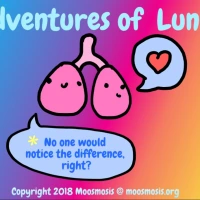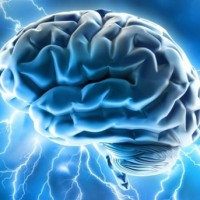
An international conflict during the 1910’s, World War 1, was contributed by not one factor but numerous factors that led to its extensive atrocity. The aggressive rise and continuation of nationalism throughout countries greatly contributed to the start and four-year length of the war. In addition, the heightened race of militarism and its advanced trench warfare also contributed to the massive scale of the war, including the appalling losses of men as well as the elongated duration. Therefore, both the rise of nationalism, the patriotic feelings of countries’ people to fight, and the pursuit of militarism, advancements of armies, weaponry, and warfare style, played key roles in the contribution of the international conflict World War 1.
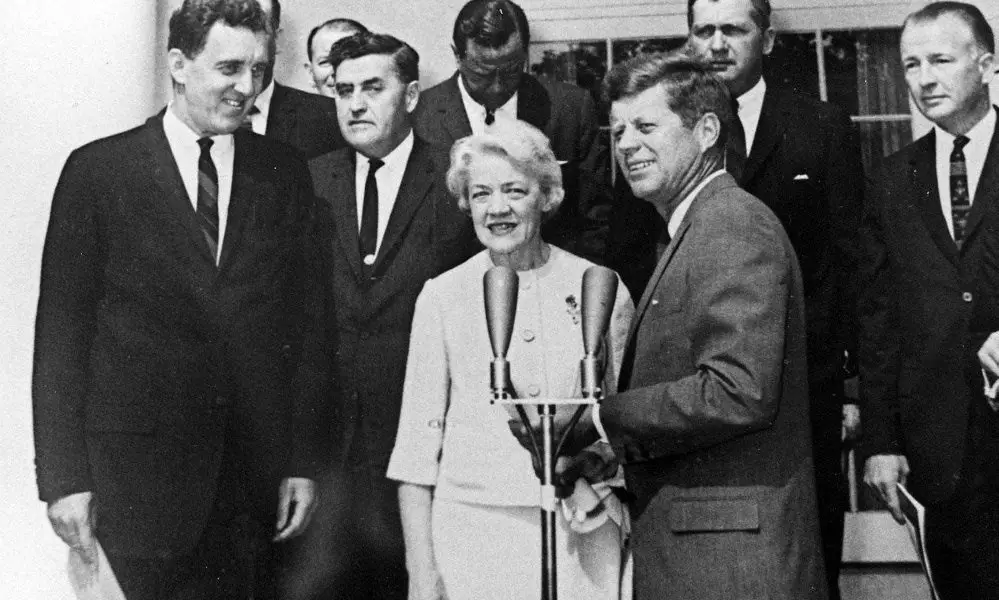
The American experiment was founded on the idea of a democracy where the people hold the ultimate power over the government. But when the government oversteps its power; when it threatens to endanger individual rights, it takes someone with true courage to stand up for the America public. Some of the most striking examples of blatant abuse of power in the last century occurred during the Cold War. From 1947 to 1991, the Capitalist United States (US) and the Communist Union of Soviet Socialist Republics (USSR) clashed in a series of escalating economic and political tensions. In the midst of this tumultuous period, US government officials became concerned that communist sympathizer would collude with Soviet spies and endanger national security. The most vocal advocate for the “Red Scare” was Republican Senator Joseph McCarthy of Wisconsin. McCarthy came under the national spotlight during his speech in Wheeling, West Virginia, when he claimed that 205 State Department employees were known communist infiltrators (Achter). Although he lacked definitive evidence to back his claim, McCarthy continued a long string of accusations against celebrities, politicians, and nearly anyone who disagreed with him. McCarthy’s campaign to “expose” communist infiltrators caused innocent Americans to lose their careers and reputations, and fueled McCarthy’s rise to power. This period of mass, unsubstantiated paranoia eventually became known as “McCarthyism” (Achter). Few dared to challenge him, for fear of becoming his next target; At least not until a woman by the name of Margaret Chase Smith stepped into the political fray.

enough, the COVID-19 pandemic has made it necessary for students to take these tests at home – and in only 45 minutes. Outrage over failed submissions and website problems has prompted the media to focus on the CollegeBoard and the real purpose and necessity of standardized testing. Is a test really enough to test a student’s true knowledge of a subject? Here, we will analyze the history of standardized testing, delve into the recent AP test situation, and consider the pros and cons of standardized tests.

The recent COVID-19 pandemic has turned our world upside down. From the way we greet each other to the schedule of our daily routines, it’s safe to say that everything that was considered the norm at the beginning of 2020 has completely changed. While most people’s eyes are on health officials, tech giants and start-up companies have been using this time to create new inventions to propel society further – or so they say. Here we will analyze the new products and tech trends that have arisen in the wake of this pandemic, what they do, and if they actually serve to help society.

Most artistic movements are named after the fact, often by critics, to group together the works of artists that share certain characteristics or that are in reaction to specific events and thus coincide thematically. Counter to this academic pattern is la nueva arquitectura andina (or the New Andean Architecture). The term was coined by the style’s creator: Freddy Mamani Silvestre, who goes by Freddy Mamani professionally.
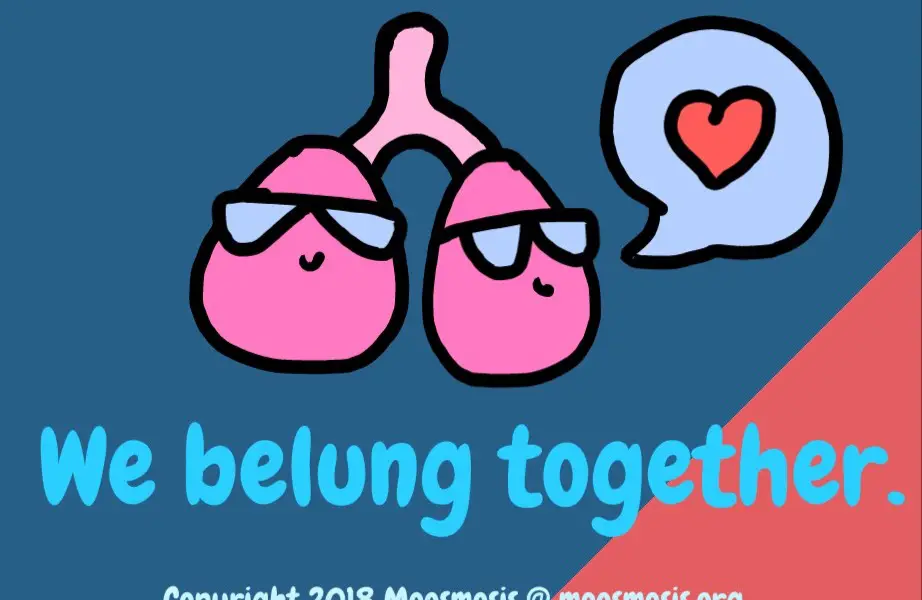
In this lesson, we will explain the differences between the upper and lower respiratory system and the differences between upper respiratory tract infections and lower respiratory tract infections.

Fun Facts and Greek Mythology about Hermes the Messenger of Greek Gods and God of the Wind. In this lesson, we learn all about our speedy cute Greek god Hermes.

Biology Unit 4 Study Guide: Genetics, Meiosis, DNA and Protein Synthesis. With examples and answers to help make meiosis, DNA replication, and RNA translation easy to learn!

Innate vs Adaptive Immunity: What are the differences between innate and adaptive immunity? The human body has two protective immunological systems against pathogens: the innate immunity and the adaptive immunity. In this quick and easy lesson, we will explain the differences between the innate and adaptive immunity. The innate immunity and adaptive immunity differ based on the type of components that are used to protect the human body. For example, the innate immunity consists of neutrophils, dendritic cells, natural killer cells, macrophages, complements, physical barriers. On the other hand, the adaptive immunity contains components such as T cells, B cells, and antibodies to protect us from viruses, bacteria, and other pathogens.

Nowadays, cynicism is associated with disengagement, apathy, and defeatism. The modern day cynic is seen as the optimist’s opposite. Optimists are generally seen as engaged, happy, and positive people. In many ways, these qualities also describe the Classical Cynic. How is it then that we get from Cynicism to cynicism? As with most explanations, it helps to start from the beginning.

Jane Eyre: Chapters 1, 2, and 3 & Literary Analysis. A classic book about romance, adventure, and love, Jane Eyre by Charlotte Bronte is read and beloved by millions every year. Check out free book chapters of Jane Eyre, essays, and literary analysis.

Does being alone at home make a person go insane? After weeks of social distancing because of COVID-19, people locked up in their homes may be getting bored and restless. Attending school, going out to eat, hanging out with friends — parts of their lives that are normal — are no longer possible. What is the science behind the human’s social brain, and what does isolation do to the brain?

Symbolism in The Great Gatsby by Scott Fitzgerald: Original Symbolism Essay and literary analysis of The Great Gatsby including wealth, materialism, the American Dream, Tom Buchanan, the green light, and the love of his life, Daisy.
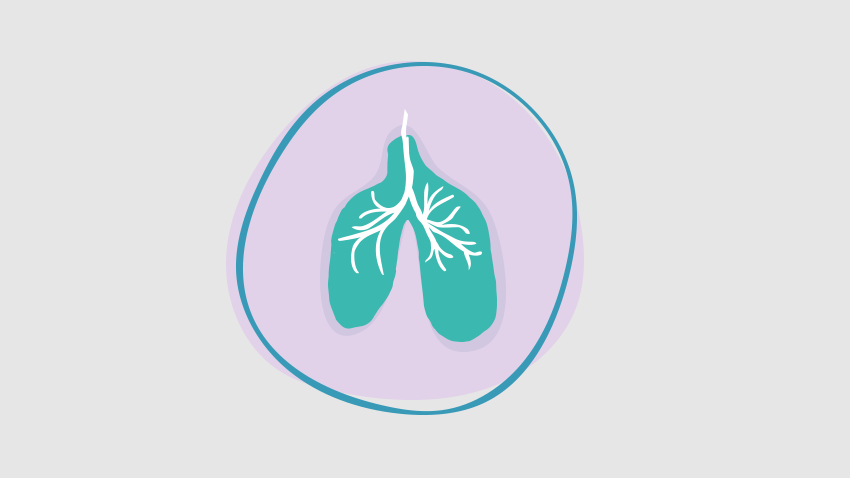
What is the respiratory system? In general, the respiratory system is a biological system that contains organs and structures that assist in gas exchange. Gas exchange involves the movement of carbon dioxide and oxygen between our circulating blood and air. In this educational lesson, we explore seven general functions of our respiratory system.

In this easy optics physics lesson, we learn about differences between Concave and Convex Lens, the Thin Lens Equation and how to problem-solve AP Physics or MCAT Physics problems.
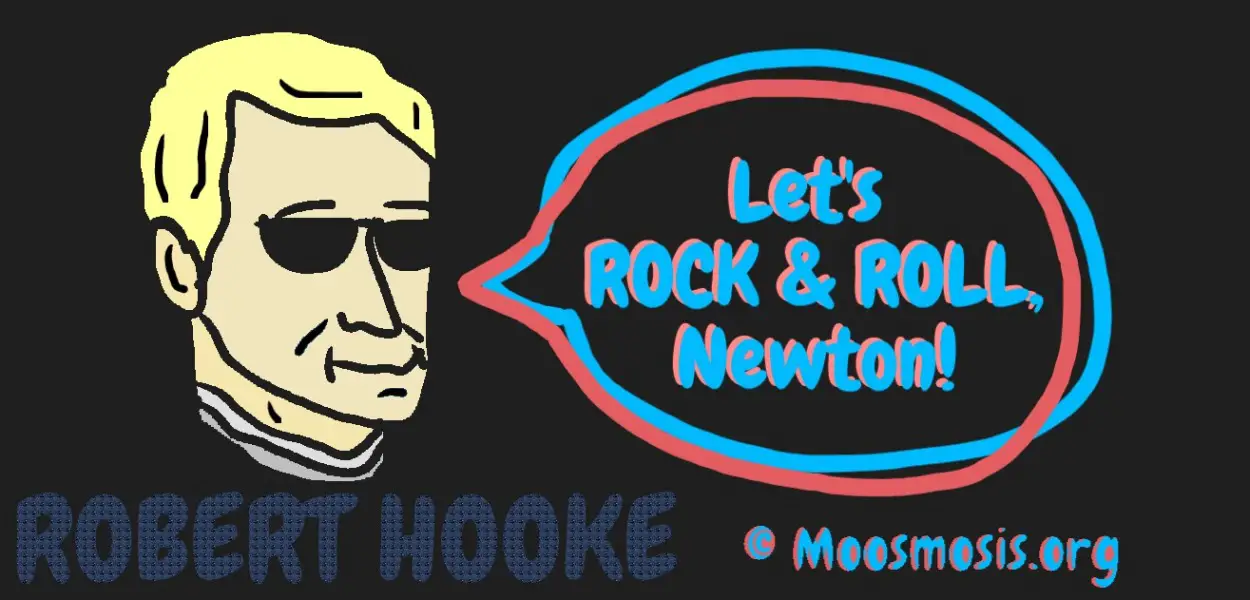
Free Science Lessons – Educational Learning Resources and Lessons on Science created by Students, for Students! Free Science Subjects on Biology, Chemistry, Physics, and more!
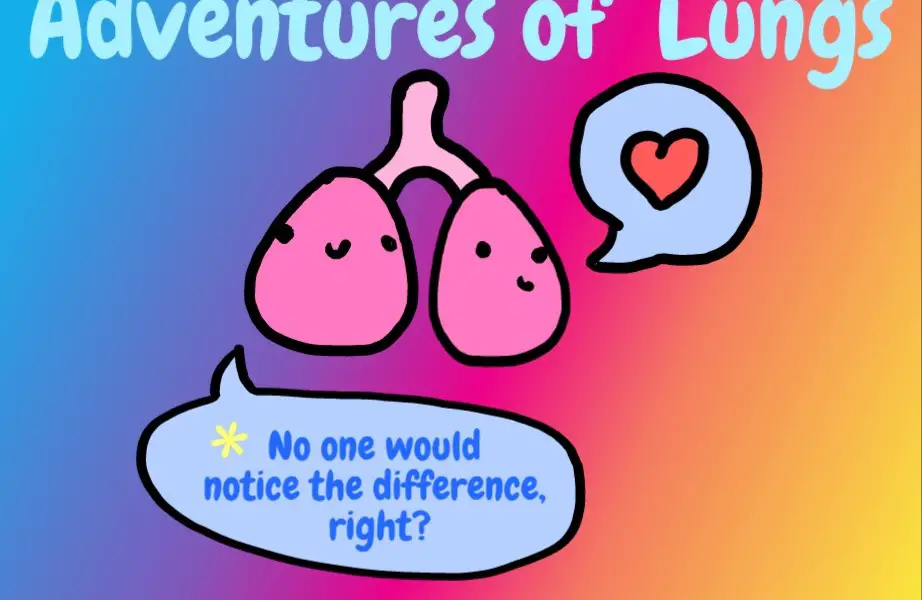
What are the differences between the left lung and right lung? Here, we detail quick and easy to learn summary points of the right lung vs left lung. Left vs Right Lung

Intracellular Digestion vs Extracellular Digestion. What’s the Difference Between the Two Types of Digestion? In this article, we explore the definitions and difference between Intracellular and Extracellular Digestion.

In this Harry Potter-themed physics lesson, we discuss about concave and convex lens and how to calculate and use the thin lens equation. Hop on board Hogwarts Express 9 3/4 for some magical mathematics and problem solving with physics lens!

Science Rocks! on Quizlet and Moosmosis Global Education: Congratulations to our dedicated students and lifelong learners! Presenting Science Member of the Month Awards
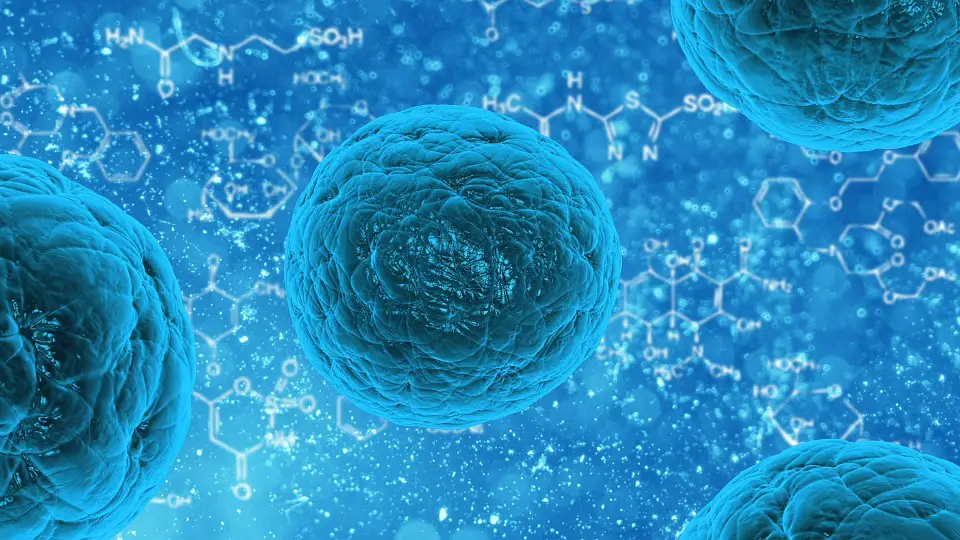
Biology is the study of living organisms and consists of various branches from animal physiology to cell and developmental biology. Here at Moosmosis, biology lessons, lectures, and resources are created to help students.






























